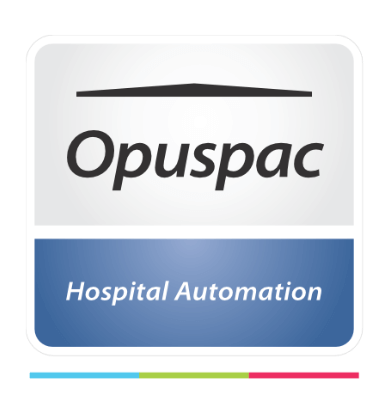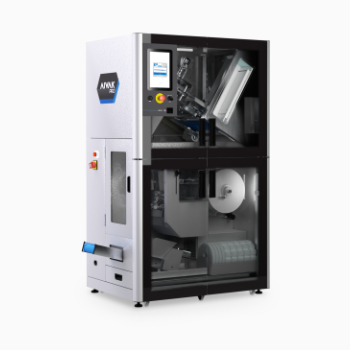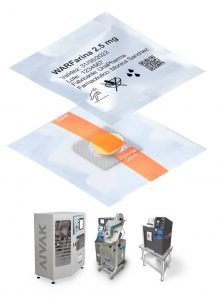Unit dose re-packaging is the process of preparing medicines in the form ready to be administered to the patient. This process in many hospitals is usually carried out in the Hospital Pharmacy, in the Drug Storage Sector or in the Units Dose Center, but always under the responsibility and control of the Hospital Pharmacy.
Although an ampoule must be diluted in the Infirmary, to be considered a single dose process, we usually speak of unit dose and also when the Pharmacy converts into units (blister or ampoules) for delivery to the Infirmary, we call this process unit dose.
Unit dosing involves two main processes: packaging and printing of the label or unit dose package.
This can be done manually or with machines.
Other tasks in the unit dose process are:
1) Removing the drugs from the sealed boxes;
2) Drawing up a “unit dose order” with the corresponding information: authorization, bar code, quantity of drugs, validity, etc;
3) obtain the unit dose materials;
4) Cut the blister packs;
5) Separate the drugs from their secondary containers or boxes;
6) print the labels (in case of manual unit dose);
7) packaging and labeling: unit dose;
8) form groups suitable for further handling within the stock and label;
9) store in a correct location within the stock.
This process is usually performed immediately after receiving the drugs at the hospital and before entering the closed stock (stock 1). Unit dose processes with automatic machines is the standard procedure.
In cases of manual unit doses, it is not always possible to do this and sometimes the drugs go into stock and are then unit dosed.
Today, there are machines that cut blister packs automatically, which are used by hospitals with more than 200 beds.
There are also semi-automatic unit dose machines and devices to perform the whole process in an automated way, without the constant presence of the operator in all the cycles.
Why unit dose the drugs?
Mainly to centralize the control of medications in the Hospital Pharmacy, differentiate the containers and add the hospital’s bar code.
The centralization of the control allows a reduction of up to 57% of Adverse Events, according to two studies carried out in Germany and the United States.
It also reduces the work time of the nursing team by unit doses on each floor, thus reducing waste.
This process began to spread around the world in 1965 and today it is the main global trend.
But its application is not yet widespread in all countries; even in Europe, there are still several countries that send drugs to the wards in boxes that are unit dosed at the time of use.
In the U.S., many non-blistered drugs are unit dosed or packaged, received in large bottles, to be sent to electronic cabinets in wards or other sectors.
Unit dose to differentiate – unit dose of medicines
The ampoules and blister packs received directly from the laboratories do not have the necessary differentiation to be used within the hospital.
Each hospital and each Pharmacy professional have its own rules on how to “customize” the packaging presentation.
In general, recent past incidents influence the criteria adopted so that new incidents do not occur. This creates a wide variety of differentiation criteria at each hospital, which the pharmaceutical industry cannot resolve.
Also important is the placement of the hospital’s own barcodes. In some cases, a serial code is added to each container that has a different code or identification and can be individually tracked, from the beginning of the drug’s journey to its final destination with the use associated with a certain patient, so that the entire unit dose process has greater control.

Opuspac unit dose of medicines
Learn more about unit dose and Hospital Logistics solutions.
Taxis et al, Pharma World Sci. in Germany demonstrated a 53% reduction of AE’s in favor of unidose.
Barker, 1965. Study in an Arkansas Hospital showed 57% reduction of AE’s when switching from the collective system to unidosis.














